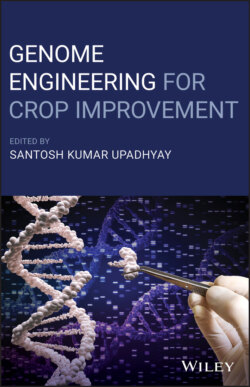Читать книгу Genome Engineering for Crop Improvement - Группа авторов - Страница 30
2.2.2 Secondary Ion Mass Spectroscopy
ОглавлениеAlthough SIMS was the first of the imaging MS techniques presented (introduced for imaging in the1980s by Briggs 1983), its use for imaging of plant material remains limited. SIMS operates under high vacuum and uses high‐energetic (5–40 keV or MeV) primary ions for ionization (Jeromel et al. 2014). Its primary advantage over all other MS imaging techniques is very high spatial resolution (less than 100 nm) (Bjarnholt et al. 2014), while the major disadvantage lies in a high degree of molecular fragmentation. It is expected that high‐throughput analysis and construction of a large database of molecular fragments may overcome this drawback in the near future.
With the introduction of the new cluster and swift ion beams (MeVSIMS) (Nakata et al. 2008), the ion yield in the higher mass range has been significantly improved (Jeromel et al. 2014), allowing the detection of intact lipids and secondary metabolites (Jenčič et al. 2016, 2017). However, ion intensities in them/z ~ 800 range are still orders of magnitude lower than intensities around m/z ~ 100, and sensitivity to intact metabolites is thus significantly lower than with other MS imaging techniques. Due to the high degree of fragmentation in SIMS experiments, characteristic fragments of analytes are often imaged rather than the intact analytes. SIMS does not require much sample preparation (no matrix is needed as with MALDI), but the fact that the analysis takes place in a vacuum means that the samples need to be freeze‐dried before being introduced into the vacuum or measured under cryogenic conditions (Dickinson et al. 2006).
An example of MeV‐SIMS imaging of organic compounds is presented in Figure 2.1 obtained as described previously (Jeromel et al. 2014).
